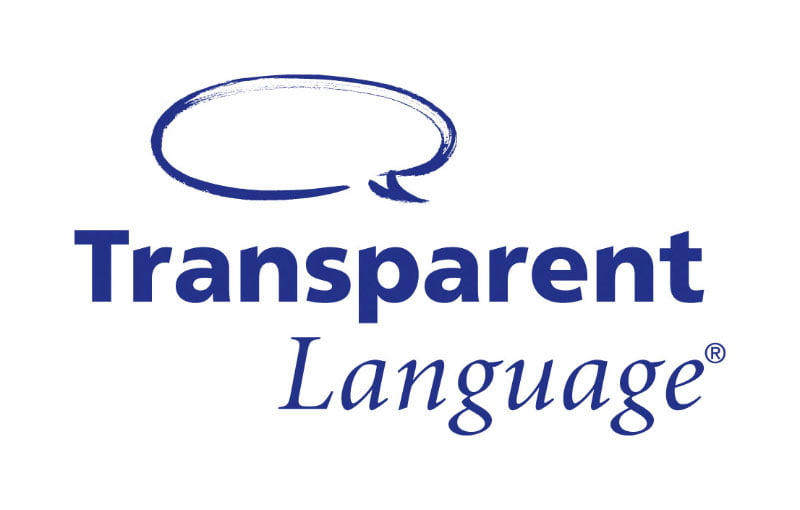Learn Spanish Online: 5 Sources of Massively Open Online Courses
Massively open online courses offer you a free seat in the digital classroom, injecting a refreshing dose of structure to your online language learning.
It’s the middle of January and if you’re like most of us, your new year’s resolutions for learning Spanish started off strong, but your willpower may be beginning to wither in the apathy-inducing winter cold.
But now’s not the time to lose your momentum.
That’s not to say that curling up on the couch for a good Spanish Netflix binge isn’t a good way to work towards learning or improving your Spanish, but let’s face it: this is the time of year when our willpower begins to languish, and your best defense comes in the form of a little structure.
Massively open online courses (or MOOCs) can give language learners just that: online courses are being increasingly offered by the world’s best universities and learning institutions, and while no teacher will be there to check your homework, a syllabus with a schedule and a few assignment deadlines might be just what you need to kick your butt into gear and do more for your Spanish fluency than watching Narcos.
Take some time this weekend to browse through some Spanish MOOCs and find one that fits your interests and learning style. Here are a few suggestions for places to get started looking for a seat in your next digital classroom.
Coursera Language Learning
One of the biggest names in the world of massively open online courses, Coursera’s got just about everything. Check out their language learning section for beginner and more intermediate courses in Spanish and other languages, as well as general linguistics courses that will enhance your general language learning aptitude.
MIT Global Studies and Languages
The Massachusetts Institute of Technology is one of the leading names in linguistics worldwide (can I get a round of squeals for Noam Chomsky from my lingua-nerds?) as well as a trailblazer in providing high quality open course material online. Thier Global Studies and Languages site offers everything from Spanish I, II, II, and IV to Advanced Composition and Grammar and “Advanced Topics in Hispanic Literature and Film: The Films of Luis Buñuel”. For all-around Spanish learners with a healthy appreciation for the relationship between cultural learning and language learning, MIT is a great place to get started.
Miríada X
Miríada X packs a double punch for Spanish learners. One of the biggest names in cursos en línea masivos y en abierto in the Spanish-speaking world, it includes online courses from 45 universities in 8 Latin American countries and Spain, making it one of the top resources for online learning in el mundo hispanohablante. For Spanish courses, just select Castellano under the Categoría menu on the course selection page.
Open Culture
Open Culture is home to “the best free cultural & educational media on the web”, including MOOCs in 48 different languages. Their Spanish section has some of the most robust course offerings on the site and will direct you to courses and other helpful resources across the web.
edX Languages
Founded by Harvard University and the above-mentioned MIT in 2012, edX is a powerhouse of online learning, home to an ever-updating repertoire of Spanish MOOCs. Course offerings under their Languages section are always changing, so explore the current listing and if you don’t find anything that fits where you’re at in your learning at the moment, check back next month (or register to receive updates).
FutureLearn Languages and Cultures
FutureLearn gathers MOOCs from a wide array of universities and cultural institutions and helpfully curates them into programs of study that online learners can follow to gain mastery of a particular subject area. You could follow a set of courses like the “Spanish for Beginners” program, or mix and match your MOOCs à la carte as you march toward Spanish fluency.
Bonus: don’t study Spanish, study something in Spanish
Intermediate and advanced learners especially may quickly become bored with traditional courses, online or otherwise. Once you’re speaking and writing Spanish without consciously having to conjugate every verb choice, it can get a bit tedious doing more of the same old vocab and grammar lessons.
Instead, if your Spanish is good enough, one of the best things you can do to continue nurturing it and push your linguistic boundaries is to learn something in Spanish, rather than to directly study the language itself. Whether you’re interested in photography, marketing, philosophy, or something else, following a MOOC that’s conducted in Spanish will develop your Spanish vocabulary in an area you’re interested in while you learn more about or take a refresher course on your hobby or passion.
Miríada X is a great place to get started, or you can scroll through this list of universidades en español que dictan cursos online gratis to browse online offerings of universities in the Spanish-speaking world.
What’s been your experience with MOOCs for learning Spanish online? Tell us about your tips, hacks, struggles, and stumbling blocks in the comments below!
About the Author:Jakob Gibbons
I write about language and travel on my blog Globalect. I often share my experiences with learning languages on the road, and teaching and learning new speech sounds is my specialty.




